Date:2022.08.15
Horizontal inscribed board culture originates from China. It is generally recognized that horizontal inscribed boards started in the pre-Qin period, developed in Tang and Song dynasties and became popular in Ming and Qing dynasties. It integrates poetry, calligraphy, carving and dyeing. So far, it has more than 2500 years’ history and is an important carrier of excellent Chinese traditions.
Generally speaking, horizontal inscribed boards are hung outside or inside of buildings, also there are abnormal-shape boards for gardens and stone boards directly carved on stones and commonly seen in gardens and on the rockery. Horizontal inscribed boards that we see usually in ancient buildings are dou-shaped boards. According to function, horizontal inscribed boards are used as the name of pavilion and buildings, business name, boards to sing the praises or take advantage of a scene to express the emotion and etc.
Actually, the horizontal inscribed board culture reflects important content of the day, such as politics, economy, culture, art and folk customs. More importantly, they are the punch line in tourist attractions.
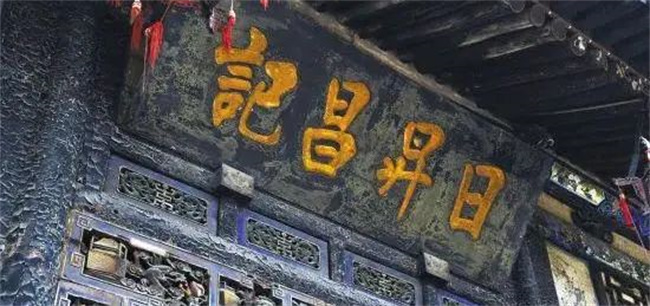
Garden Tablets
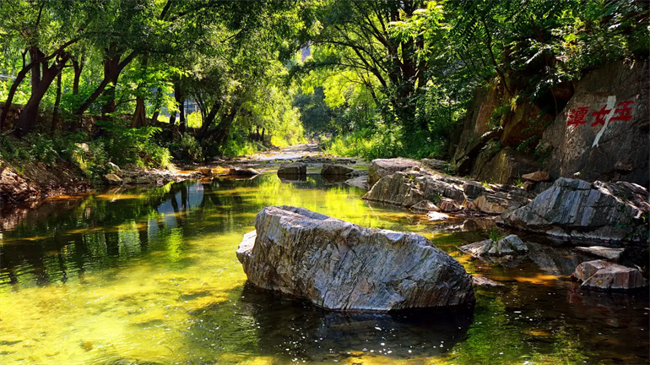
Yixing has prosperous literature and culture context from of old. There are countless tables spreading the country in history. In Yangxian Ecotourism Resort, along the secluded path of Yu Nv Villa, we can see stone tablets, such as Yu Yang Dong Tian (Heavenly spot at Yuyang Cave) and Tian Xia Di Yi Tan (No. 1 deep pond in the world).
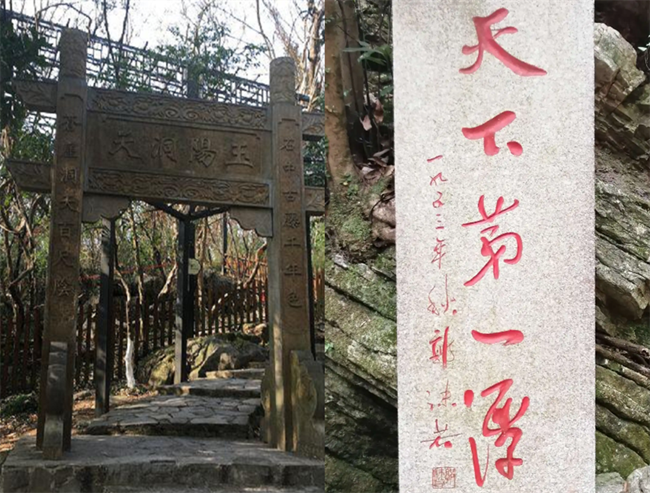
Content on these tablets praised the landscape and sublimated the overall artistic concept of “Yu Tan Ning Bi (a jade-like pond). They also create unique atmosphere by the powerful charm of wording and calligraphy.
According to the garden master Mr. Chen Congzhou, the tablet on the pavilion is like the specification for travel. When we do not know how to describe a venue, it is a good choice to look at its tablets. Usually, it is a marvelous summery on the place by the ancient people.
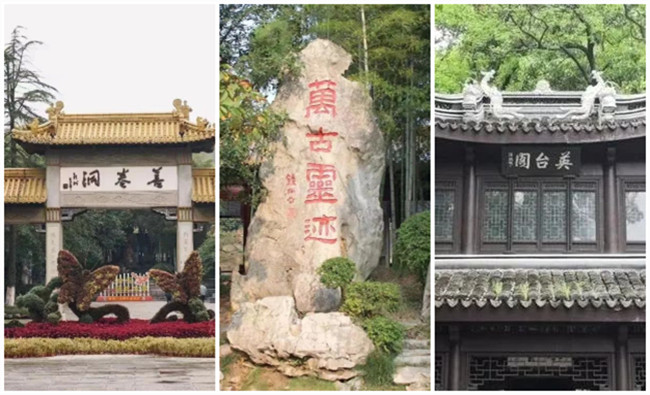
On the entry memorial gate of Shan Juan Cave, one of the three amazing caves in the world, the three characters “善卷洞(Shan Juan Cave)” have vigorous and forceful brushes. They are written by well-known left-hand calligrapher Mr. Fei Xinwo. The couplet hung on the gate was written by Mr. Huang Yanghui, a student of Mr. Xu Beihong.
Go further, you can find a huge stone. The lettering on it “万古灵迹(spirit traces throughout history)” is written by famous traditional Chinese painter Mr. Qian Songyan. In the karst cave, there is the magnificent “狮象大场(large field for lion king and elephant king)” written by the well-known modern Chinese painter, calligrapher and art educator Mr. Lv Fengzi.
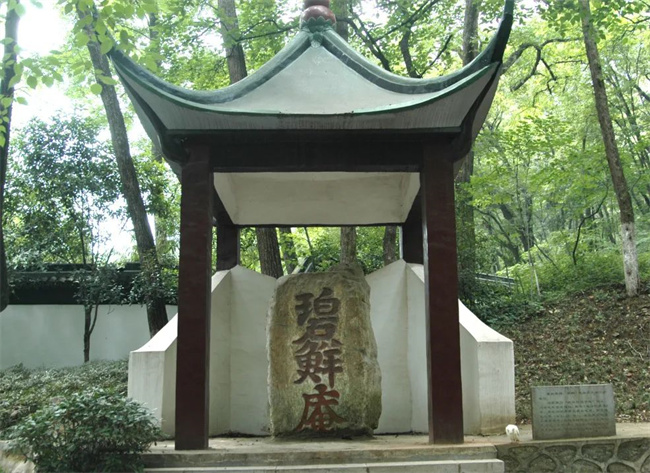
Stone caved tablets, Bi Xian An by Mr. Li Pin, a Si Kong (a kind of government post) in Tang dynasty and Ying Tai Ge at Yingtai Academy, tell the love story between Liang Shanbo and Zhu Yingtai.
Limited words express unlimited meaning. Horizontal inscribed boards bring subtle atmosphere change to the space. Both inscribing and reading tablets embody Chinese aesthetics fully.
For historical reasons, the tablet culture had a moment of abashing and loss. People today have limited understanding on the tablet culture, and are lack of profound acceptance to spiritual value the tablets embodies. Computer fonts all in the same type made every place dull and shallow.
Yixing is one of historically cultural city in China and the hometown of calligraphy and painting. How to inherit and innovate the tablet culture and highlight the characteristics of the Resort and the local culture connotation? Yangxian Xishan at Yixing Yangxian Ecotourism Resort made a good attempt.
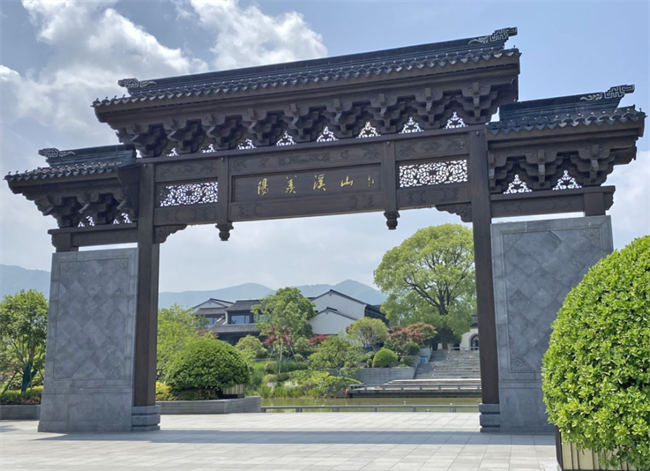
Focusing on Dongpo culture, Yangxian Xishan was created with utmost care. From Dongpo Pavilion to Yada Life Bookstore, you could find the element of Dongpo culture everywhere at Yangxian Xishan.
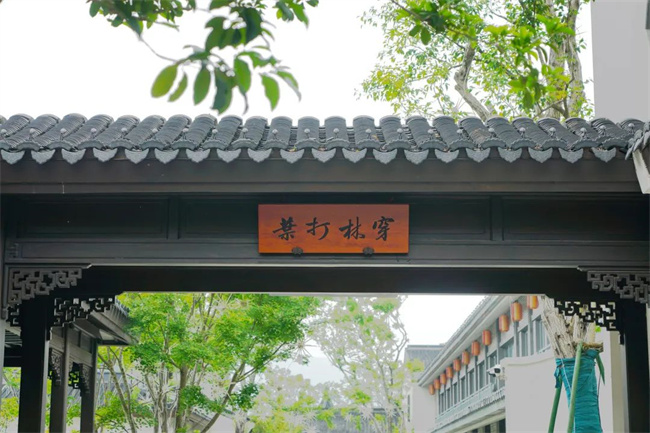
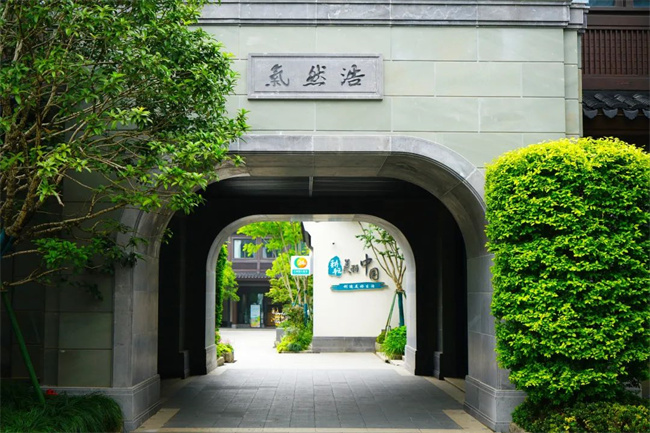
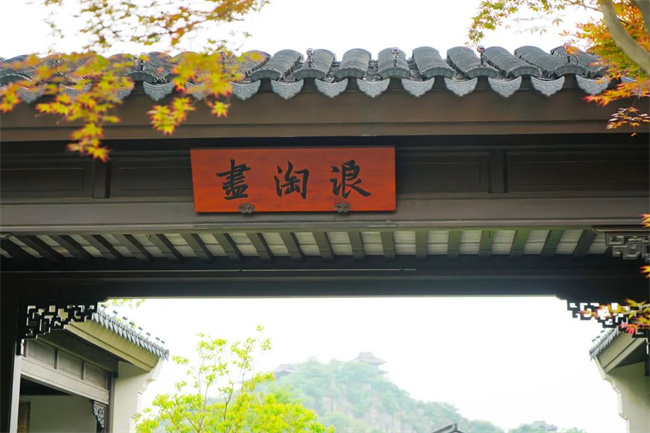
Therefore, the names of these tablets came from well-known poems of Mr. Su Dongpo. They are short and easy to understand, recalling people’s memory on related works.
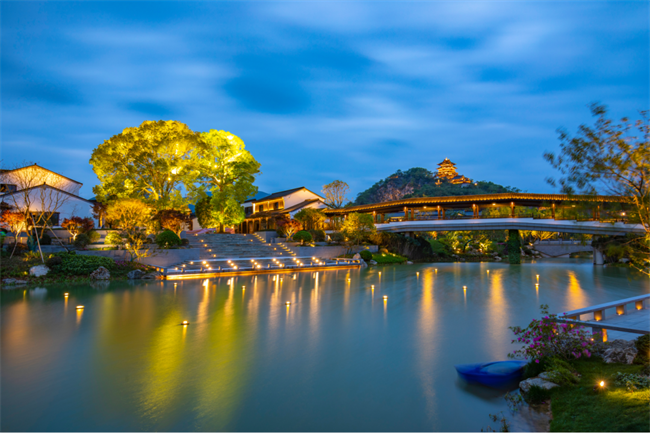
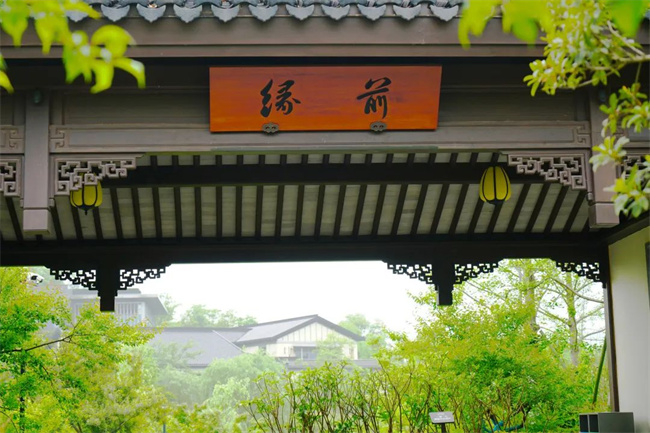
Fate Bridge originated from Chu Song Tie of Mr. Su Dongpo. It implies the tight binding to Yixing of Mr. Su and the close relationship between the creations of Yangxian Xishan with Mr. Su.
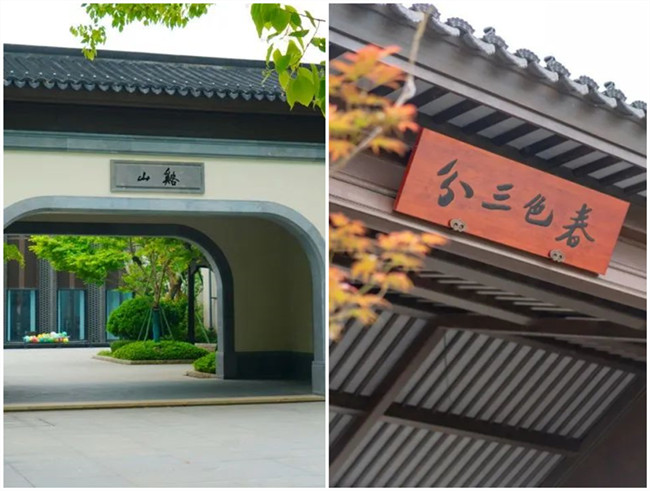
At Yangxian Xishan, names of some tablets are from the names of water and mountain in Yixing County Annals. In virtue of long cultural history and literary background, names of most waters and hills in Yixing are elegant. Yangxian Xishan also embodies the landscape of Yixing.
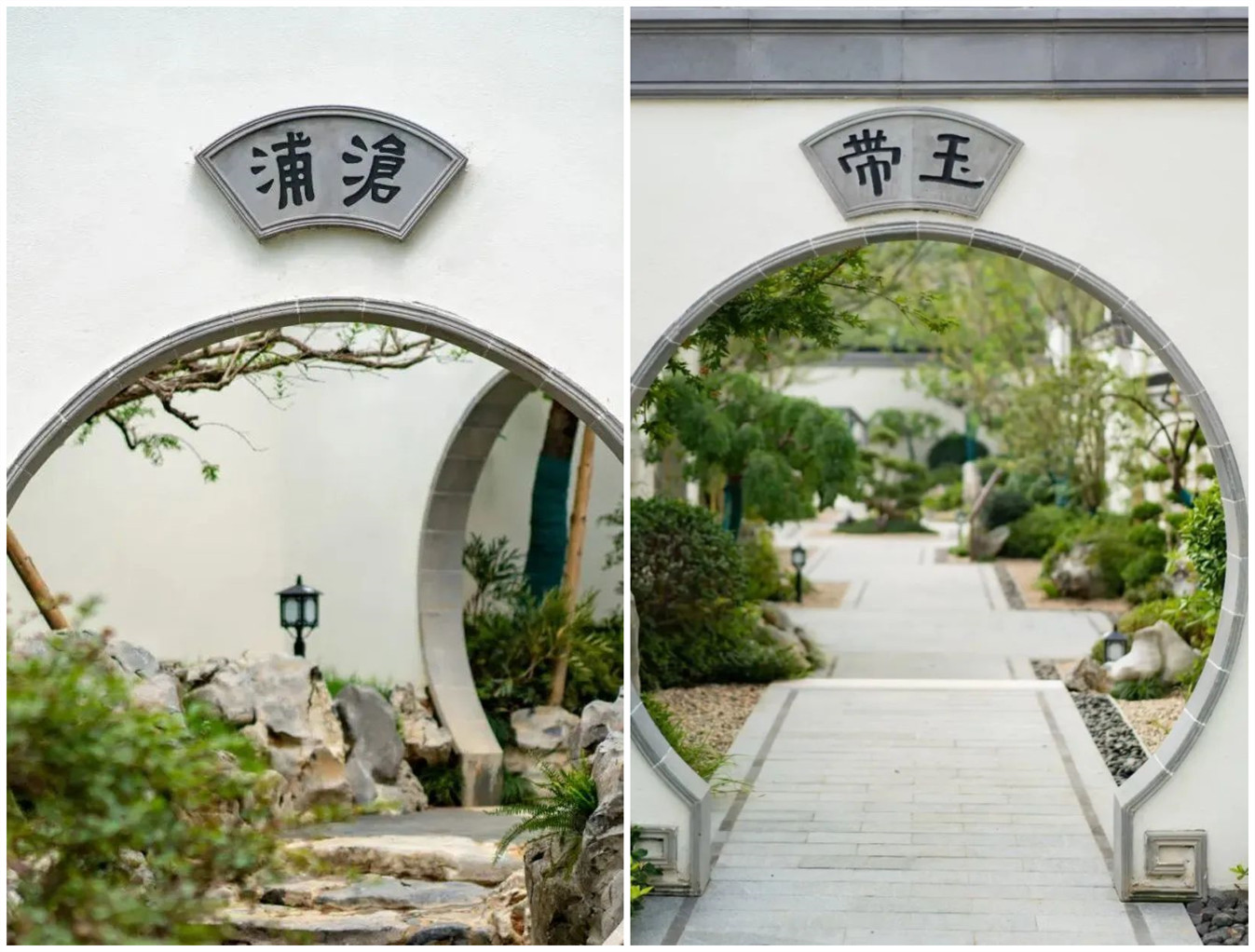
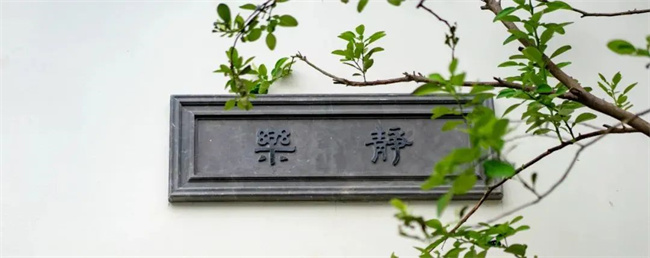
Landscape names selected from the County Annals are used on tablets in the Park, harmoniously like morise and tenon joint. Following different distance of these waters and mountains to the downtown, the tablets adapting the names accordingly are placed like circles outward.
In the inner circle, there are the tablets of银树, 沧浦, 柘坞 and etc. In the middle rings, there are 罨画, 离墨 and 玉带 and etc. In the out rings, there are 琅玕, 太华 and 三州.
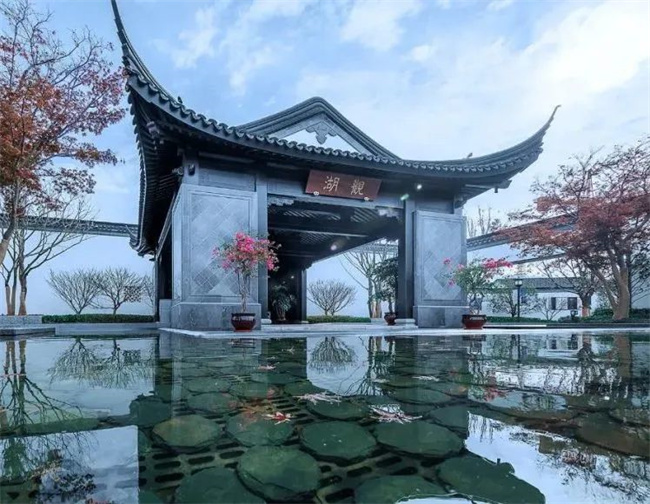
Tablets of Watch Lake
In addition, another tablets in the Park chose names from poems related to Yixing in Celebrities’ Yixing. All tablets were written by Mr. Yang Kui, a writer and exhibition planner.
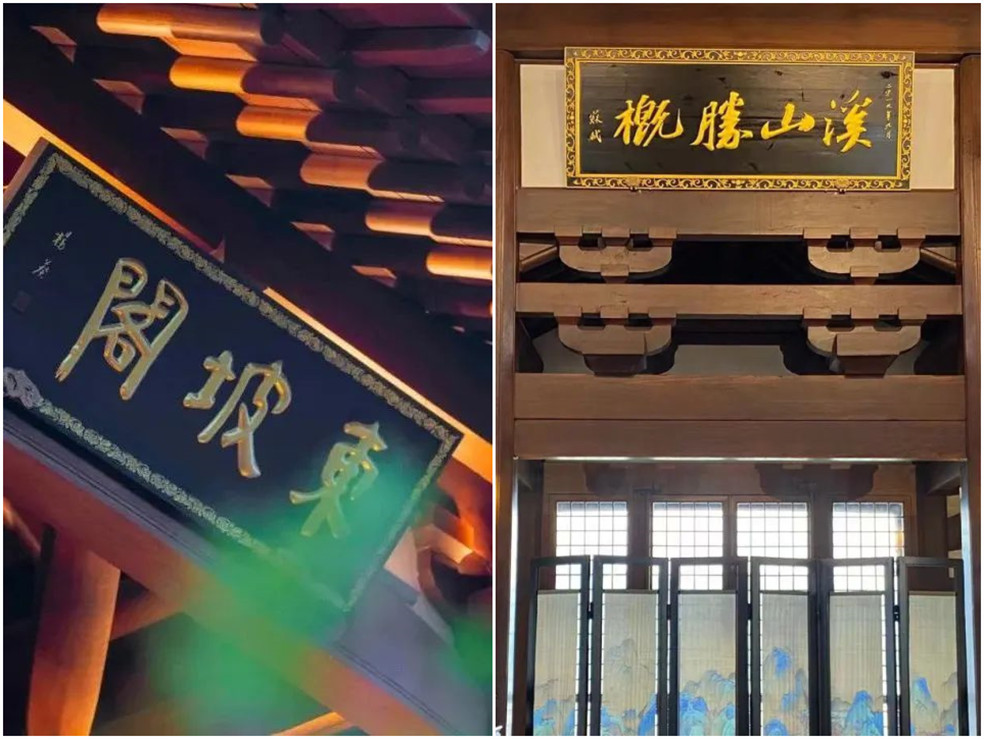
Horizontal inscribed boards is one kind of art form with distinctive Chinese cultural characteristics, adding charms to landscape and buildings. The creation process of a tablet also spread culture from choosing theme and writing to carving and decoration. The connotation to history and humanity and art value of the tablet will be published to the public.
Culture confidence is the deep drive to social development. In the journey of the great revival of the Chinese nation, horizontal inscribed board culture can yet be regarded as one art form to add the nation’s culture confidence. It generates endless power that advocating Chinese excellent traditional culture. The artistic charm of a city will take on an altogether new aspect.
(Source from Qianxun Cultural Travel)